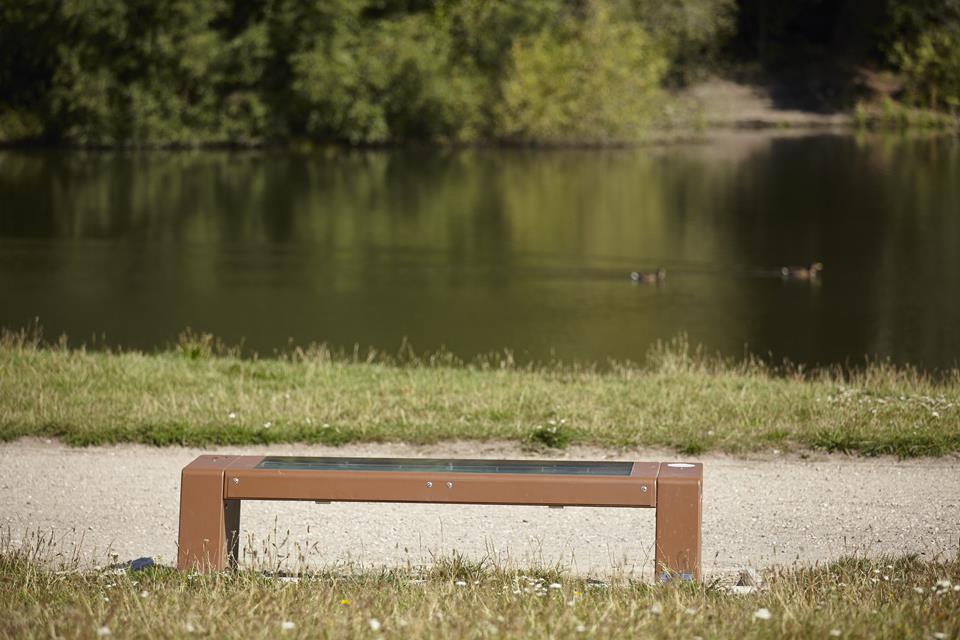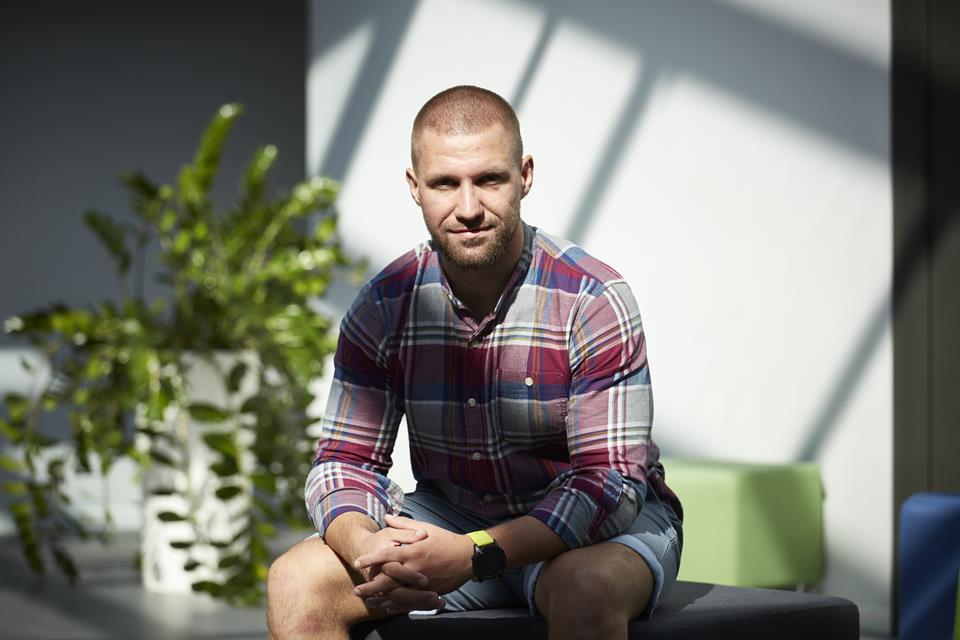
Smart architecture
Can you expect anything more from a bench than just the possibility of sitting on it? And protection against bad weather and provision of schedules from a bus shelter? Yes, you can. The company Seedia is a manufacturer of street furniture, interactive kiosks, trash cans, benches and bus shelters featuring functionalities not heard of until recently.
A smart bus shelter enables you to recharge mobile devices via USB or by induction, provides a Wi-Fi hotspot, and displays rolling information and timetables, including any changes to them. It is also provided with smart lighting. What is important is the fact that the shelter is entirely energy self-sufficient. Its operation is based on solar energy only, therefore it doesn't require any external connections, making it easier and cheaper to install than traditional. In a way they remind people about the problem of global warming. A bus shelter is a place where everybody can take shelter,’ said Piotr Hołubowicz, the President of the company.
- Seedia manufactures street furniture, e.g. benches
- Benches use solar power only
- Piotr Hołubowicz, the President of Seedia
But a bus shelter alone is not everything. Seedia has developed a management panel, which enables one to watch the shelter on an ongoing basis and manage the contents displayed by it. It is part of the smart city system. A city operator uses sounds, displays and Wi-Fi technology to provide residents with public and tourist information, warnings and other useful information in real-time.
E-paper displays Smart bus shelters do not use LCD displays, which emit light and consume a lot of energy. They have been replaced with e-paper displays used in e-book readers.
‘Cities need to be viewed holistically. They are tissues with a number of problems. We perceive our products as pieces of a jigsaw puzzle with which we can create a smart solution. Our bus shelters provide residents with energy and the Internet, and enable city managers to improve the operation of public transport,’ said Piotr Hołubowicz.
Project: SOLARSTOP – a smart, eco-friendly and Energy self-suffi cient public transport bus stop Project cost: approx. PLN 3.8 million, including approx. PLN 2.6 million from the European Regional Development Fund, Zachodniopomorskie Regional Programme




